Mammoth resurrection: 11 hurdles to bringing back an ice age beast
Many mammoth questions
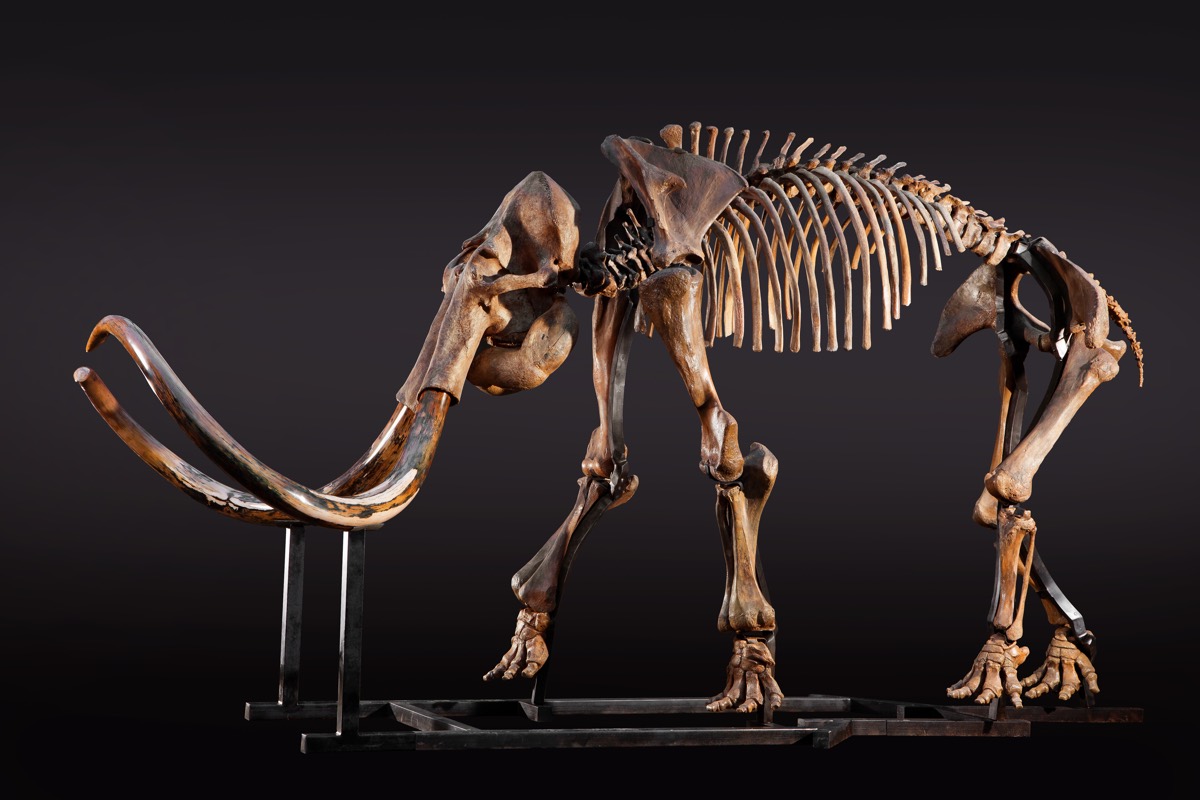
The road to bringing back the mammoth — a giant that went extinct at the end of the last ice age — is filled with barriers.
Scientists have pieced together the genomes of four different mammoths over the past few years, but more hurdles remain: If researchers decide to create new mammoths, how will they do it? If a mammoth calf is born, how will it learn how to behave without a parent or herd to guide it?
Beth Shapiro, a professor of ecology and evolutionary biology at the University of California, Santa Cruz, discusses these queries in "How to Clone A Mammoth: The Science of De-Extinction" (Princeton University Press, 2015). Here are 11 of the many challenges she considers, including those that are scientific, ethical and environmental.
Editor's note: This story was updated on Sept. 15, 2017, to include the fact that several mammoth genomes are now available.
DNA degradation
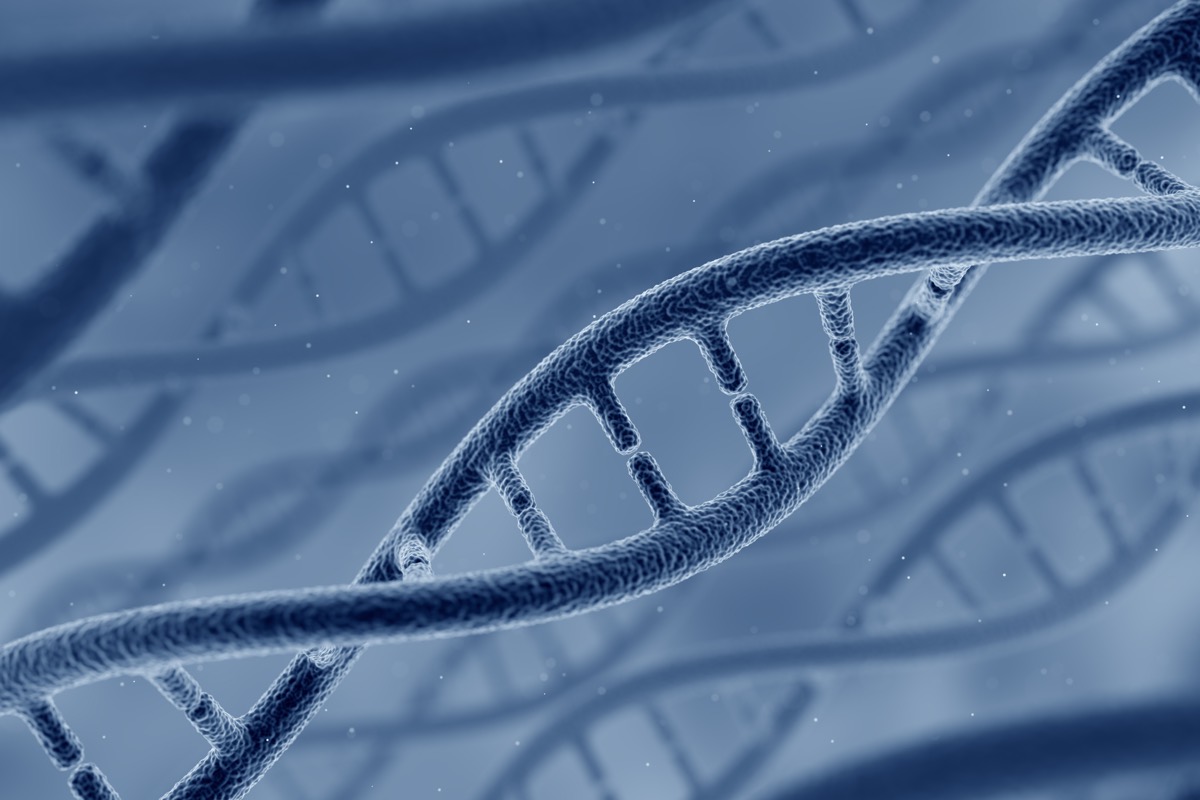
DNA begins to degrade the moment an organism dies. This happens because enzymes from the body cells and environment, as well as ultraviolet radiation from the sun, start to break down the genetic code. Oxygen and water can also alter DNA, breakings its strands.
Some mammoth DNA, however, has survived because it was frozen in permafrost. Some of these frozen remains contain short fragments of DNA — mostly between 30 to 90 base pairs long (one base pair is made up of two "letters" of DNA linked together: cytosine and guanine, or adenine with thymine). To put this number in perspective, there are 3 billion base pairs in the human genome.
However, researchers are working around this "short fragment" challenge by using the modern elephant genome as a scaffold, Shapiro told Live Science.
DNA contamination
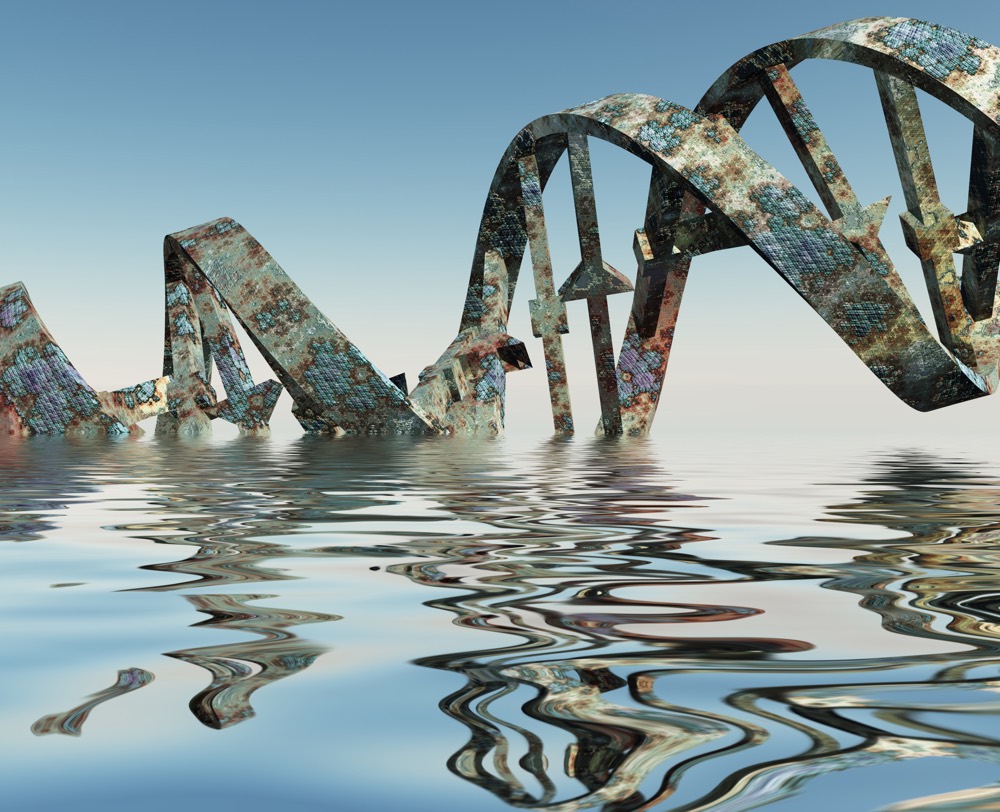
Anient DNA is often contaminated with foreign DNA from fungus, bacteria, plants, animals and even from humans handling it for research purposes.
This DNA contamination can make it difficult for researchers to know which DNA molecule belongs to the animal, and which is from contamination, especially if the extinct animal doesn't have a living relative whose DNA can serve as a roadmap, Shapiro wrote.
Luckily, this isn't a big deal for mammoths, because "we can distinguish mammoth [DNA] from human and bacteria [DNA]," she told Live Science.
Close relatives
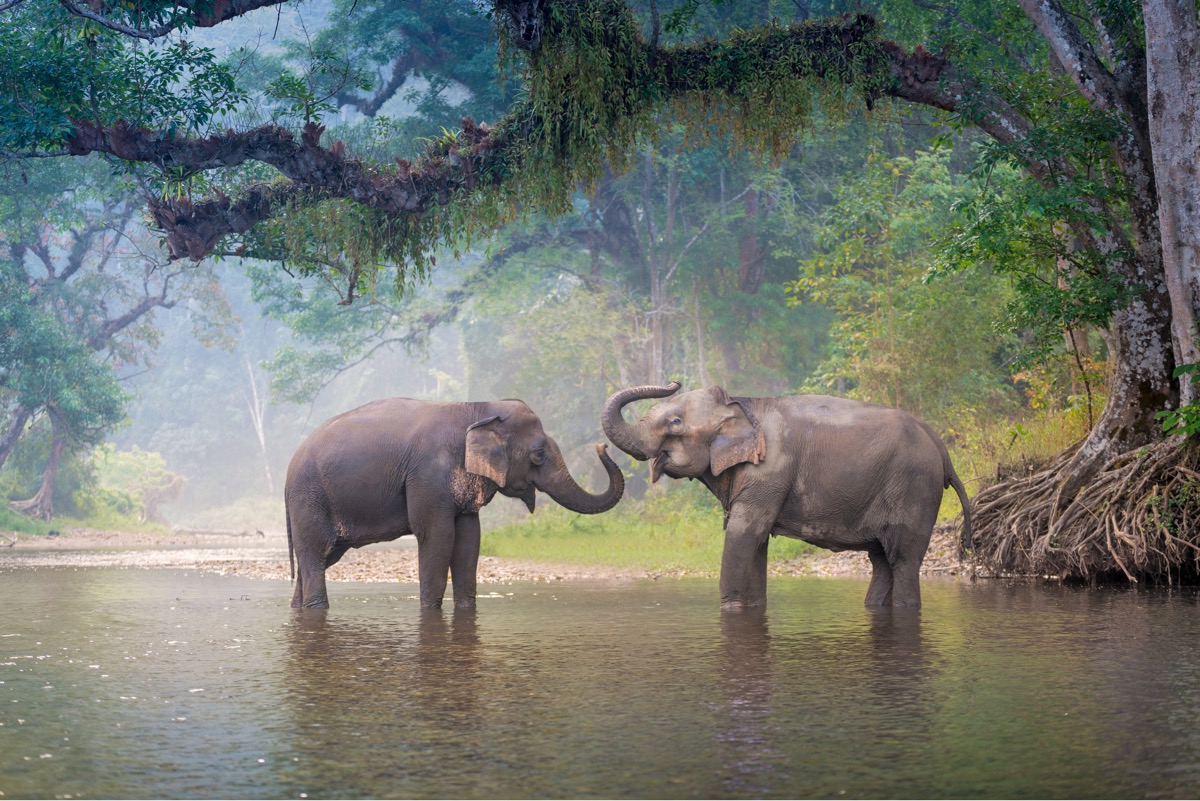
Scientists may have only fragments of mammoth DNA, but they can use DNA from the mammoth's close relatives — modern-day elephants — to help fill in the genetic gaps.
Mammoths are more closely related to Asian elephants (Elephas maximus) than they are to African elephants. Researchers in India described the Asian elephant genome in 2015 in the Journal of Biosciences, and another effort is underway at the Broad Institute in Cambridge, Massachusetts, to sequence the genome of an Asian elephant.
The mammoth and the Asian elephant diverged between about 2.5 million and 5 million years ago. If they, let's say, diverged about 4 million years ago, then about 2 percent of their genomes would be different, amounting to 70 million genetic differences, Shapiro wrote.
"The reads that I get are short, but — as long as there is a close relative that has a sequenced genome — I can still map those short reads onto that closest relative's genome and, piece by piece, put the genome together," Shapiro told Live Science in an email, referring to the "reads" of a DNA sequence. "There will be missing pieces … but it will be mostly there."
Back breeding
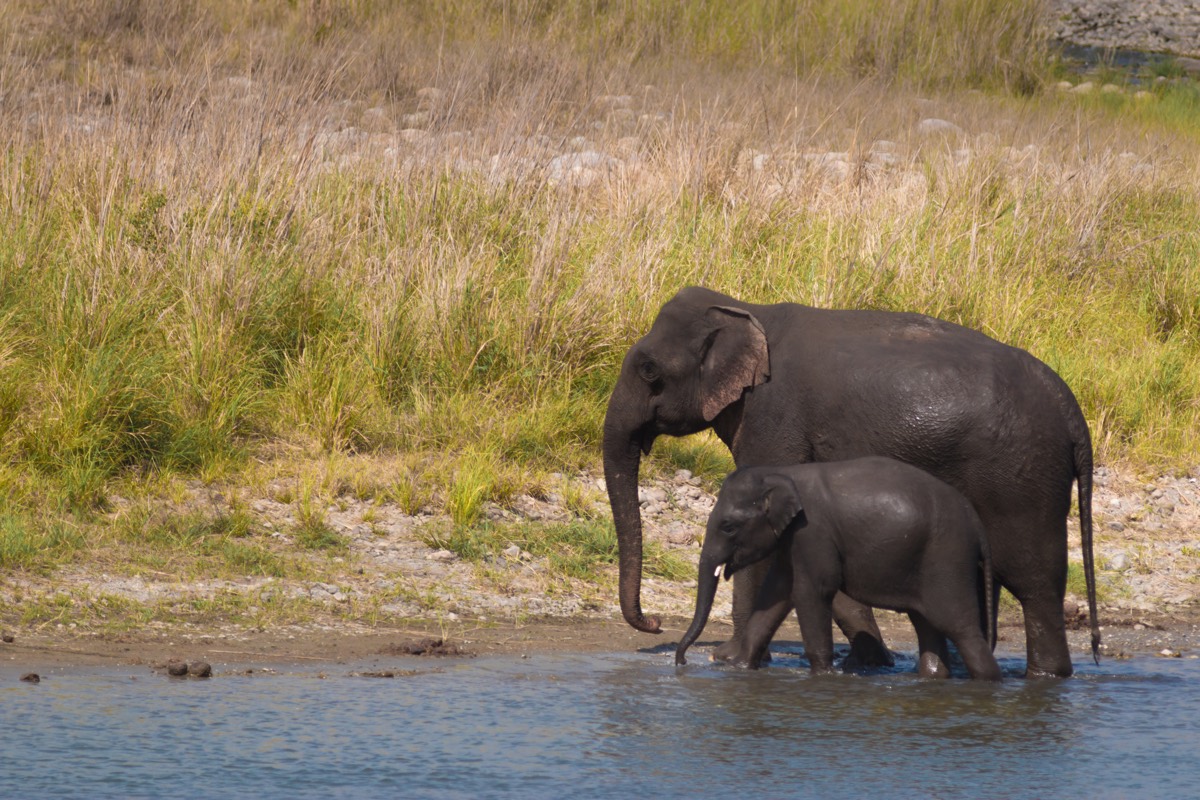
Scientists could try to bring back the mammoth through back breeding — that is, breeding the hairiest, most cold-tolerant Asian elephants together until generations later, a population of mammoth-like elephants emerge, according to "How To Clone a Mammoth."
There are several challenges to back breeding, however. Elephants don't reach sexual maturity until they're between 10 and 18 years old, and their pregnancies last nearly two years, Shapiro wrote in the book. This means that any back-breeding project would take a long, long time.
Furthermore, the result would not be a mammoth, but rather an elephant with mammoth-like traits. Some traits may never be passed on: Mammoth hemoglobin (the protein in blood that carries oxygen) is better suited to help large animals survive in cold climates. This hemoglobin differs from elephant hemoglobin by four mutations, but there aren't any elephants alive today that have these mutations, meaning they can't pass them on to future generations, Shapiro wrote.
Mammoth cloning

Now that researchers have sequenced mammoth genomes (although some of these genomes might be contaminated, according to a March 2017 study in the journal PLOS Genetics), could they clone a mammoth using somatic cell nuclear transfer — the process used to make Dolly the sheep? With somatic cell nuclear transfer, scientists extract the cell nucleus (which contains DNA) from an animal, called the donor. They then insert that nucleus into the egg cell, which has had its own nucleus removed, of another animal.
It would be difficult. Cloning with nuclear transfer is not very efficient, and it's usually done with a limitless supply of cells harvested from living animals, according to "How to Clone a Mammoth." As we know, there are no living mammoths, Shapiro wrote.
Moreover, scientists would have to implant the mammoth embryo into an Asian elephant, which is endangered, largely from habitat loss and fragmentation and poaching, according to the International Union for Conservation of Nature. It would be hard to justify implanting a mammoth embryo into an elephant when every Asian elephant pregnancy counts, Shapiro wrote.
CRISPR-Cas9
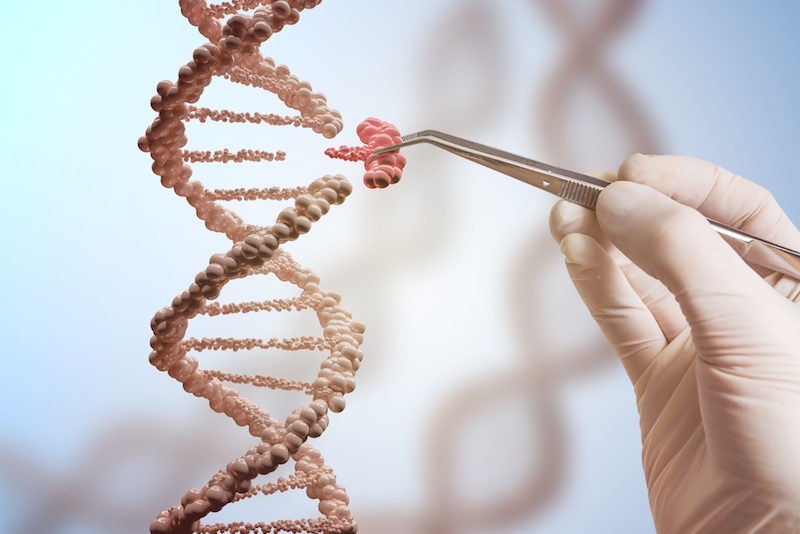
By using the gene-editing tool called CRISPR-Cas9, scientists can cut DNA in a precise location, remove genetic code and then paste that section in a new sequence created in a lab.
This method could be used to bring back the woolly mammoth in just two years' time, according to George Church, a geneticist, molecular engineer and chemist at Harvard University, who made this announcement just before the American Association for the Advancement of Science (AAAS) meeting in Boston in February 2017.
"Our aim is to produce a hybrid elephant-mammoth embryo," Church told The Guardian. "Actually, it would be more like an elephant with a number of mammoth traits. We're not there yet, but it could happen in a couple of years."
The epigenome
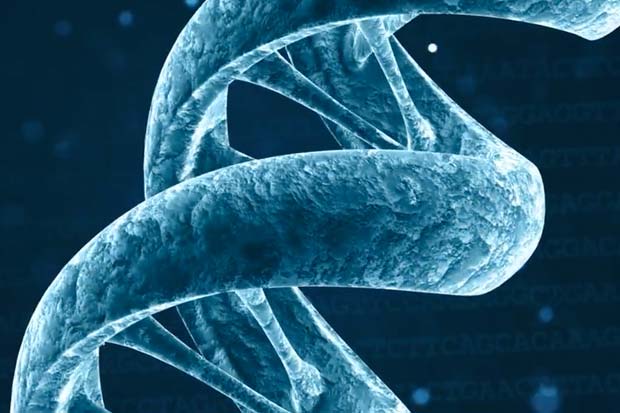
If a mammoth is brought back to life — through back breeding, cloning or genetic engineering — it would be challenging to recreate the creature's epigenome, which would be passed on to a developing mammoth in utero. The epigenome is a system of tags that determine which genes are turned on or off. These tags do not change the genetic code, but rather select when to activate certain genes.
An elephant epigenome would be different than a mammoth epigenome, but it's not clear what those changes are, Shapiro wrote.
It would be possible to recreate the mammoth's epigenome, Church, said at a Q&A following a panel at the American Museum of Natural History (AMNH) in April 2017, but the technology is still a ways away.
Mammoth microbiome
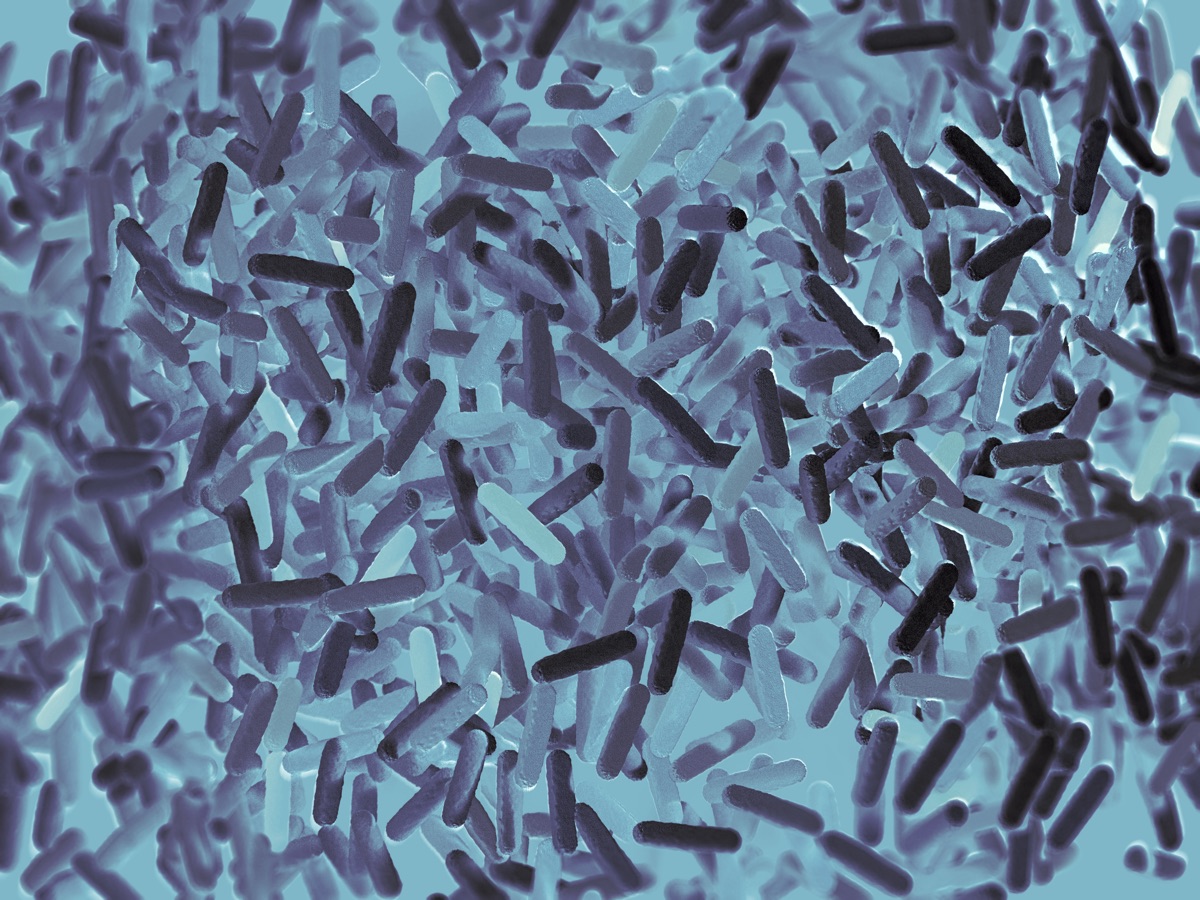
Babies pick up bacteria when they exit their mother's birth canal, and continue getting new types of bacteria throughout their lives. The bacteria within and on the body is known as the microbiome, and it aids and influences digestion and health.
The mammoth's microbiome is unknown, but mammoth mummies offer hints. For instance, a necropsy (an animal autopsy) of a 42,000-year-old mummified baby mammoth showed that the youngster had feces in its digestive tract, according to "How To Clone A Mammoth."
Modern elephant calves eat their mother's feces to seed their own microbiomes — bacteria that are needed to break down the fibrous plants they eat. The finding indicates that mammoth calves did the same.
Environmental challenges
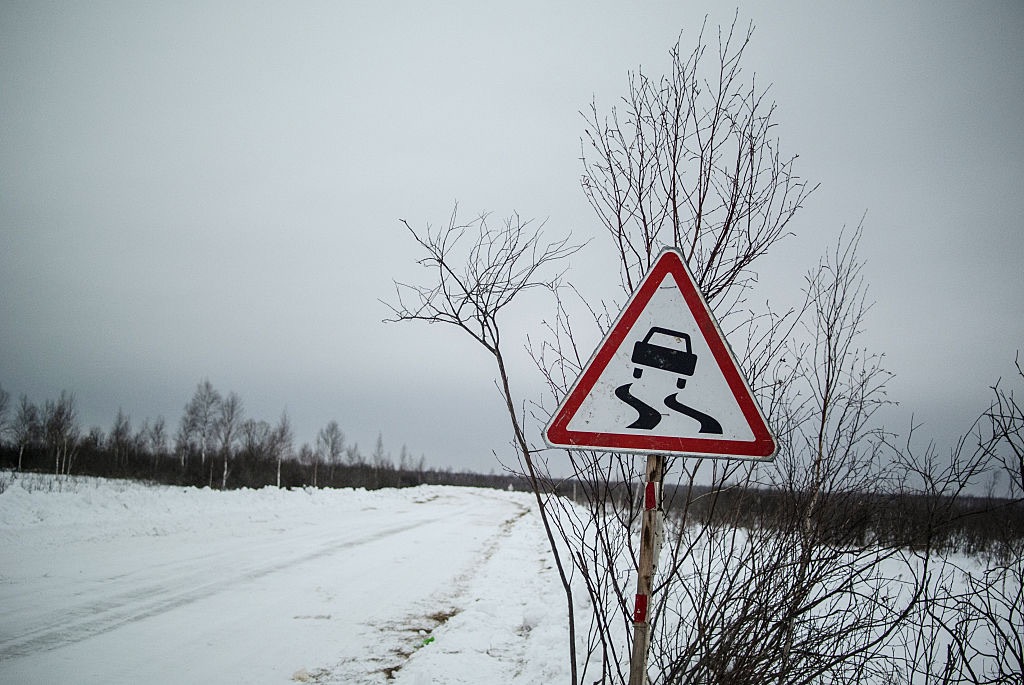
In the thousands of years since mammoths died, the environment has changed. This raises several questions, according to Shapiro: Will the new mammoths have appropriate food that they can digest?; will they be susceptible to disease, parasite or pollutants?; will the changes in temperature and precipitation impair them?
Nonetheless, two wildlife parks in Russia — Pleistocene Park and Southern Pleistocene Park — are ready to accept mammoths, should they be brought back. The goal of these parks is to turn the currently frozen Siberian tundra into pastures supported by mammoths and herbivores that once lived and supported the grassland ecosystem, according to the Pleistocene Park website.
This transformation would happen when large animals break up the ice, snow and dirt and then disperse nutrients and seeds as they roam and eat vegetation, the website reports.
Acting like a mammoth
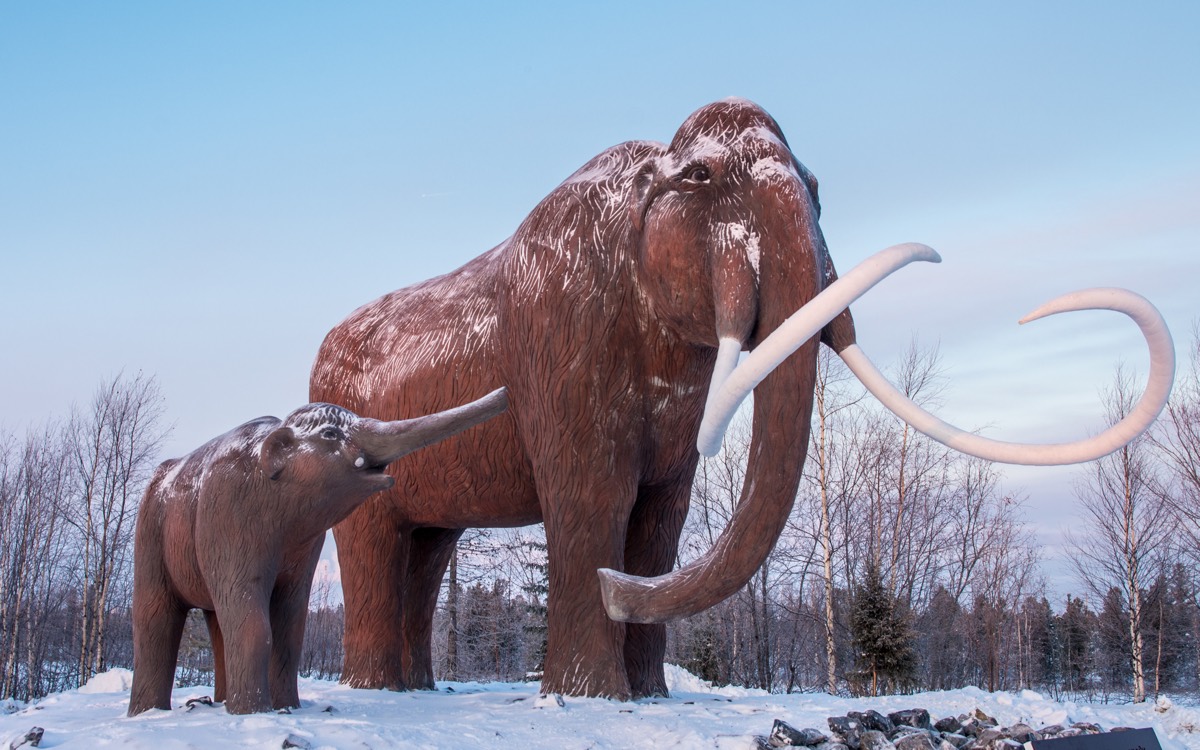
If scientists were to succeed in bringing back a mammoth, would the resulting calf know how to be a mammoth?
Elephants are social creatures, an indication that mammoths were too, Shapiro wrote. But without other living mammoths, it's unclear if a new mammoth would be able to behave as its predecessors did before they went extinct.
On another note, even if these calves didn't know how to act, scientists would have to breed several thousand of them, so that the newbies would have genetic diversity and become a self-sustaining population.
Sign up for the Live Science daily newsletter now
Get the world’s most fascinating discoveries delivered straight to your inbox.

Laura is the archaeology and Life's Little Mysteries editor at Live Science. She also reports on general science, including paleontology. Her work has appeared in The New York Times, Scholastic, Popular Science and Spectrum, a site on autism research. She has won multiple awards from the Society of Professional Journalists and the Washington Newspaper Publishers Association for her reporting at a weekly newspaper near Seattle. Laura holds a bachelor's degree in English literature and psychology from Washington University in St. Louis and a master's degree in science writing from NYU.










